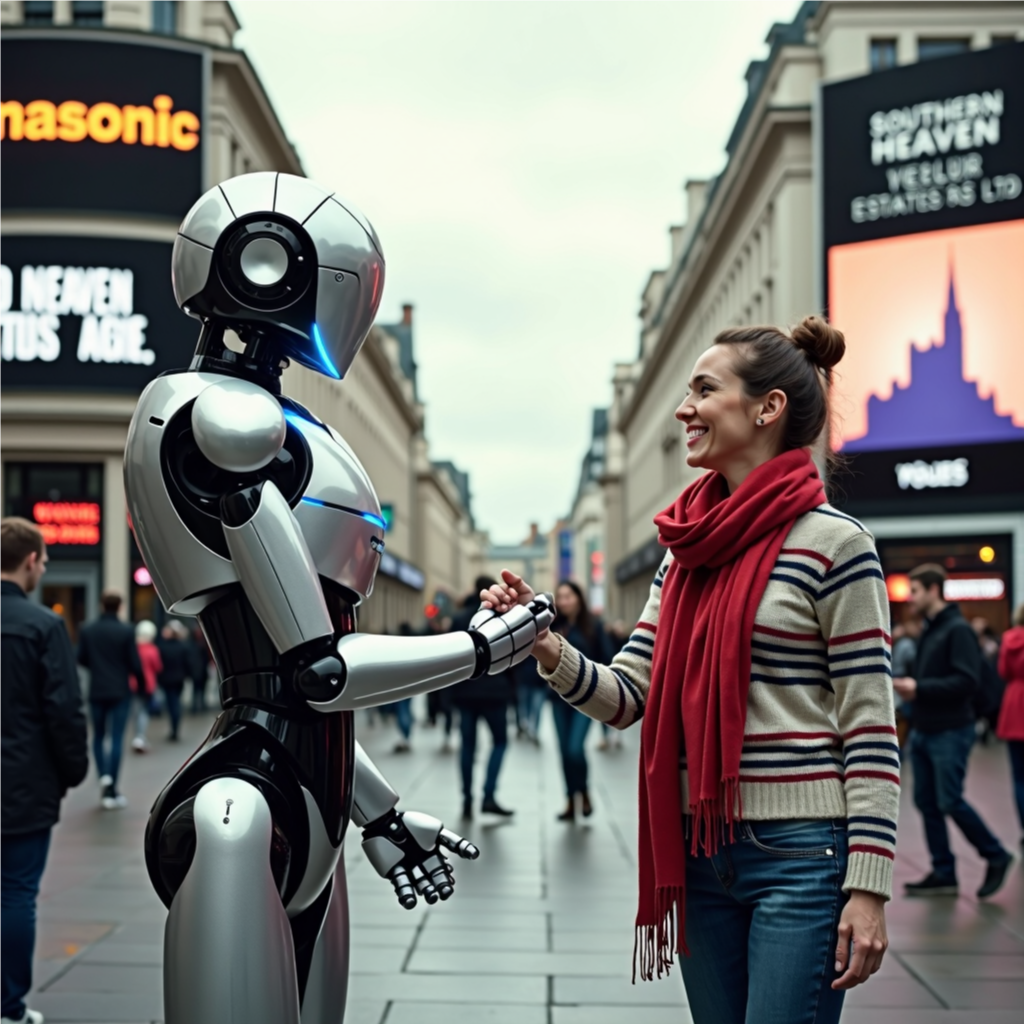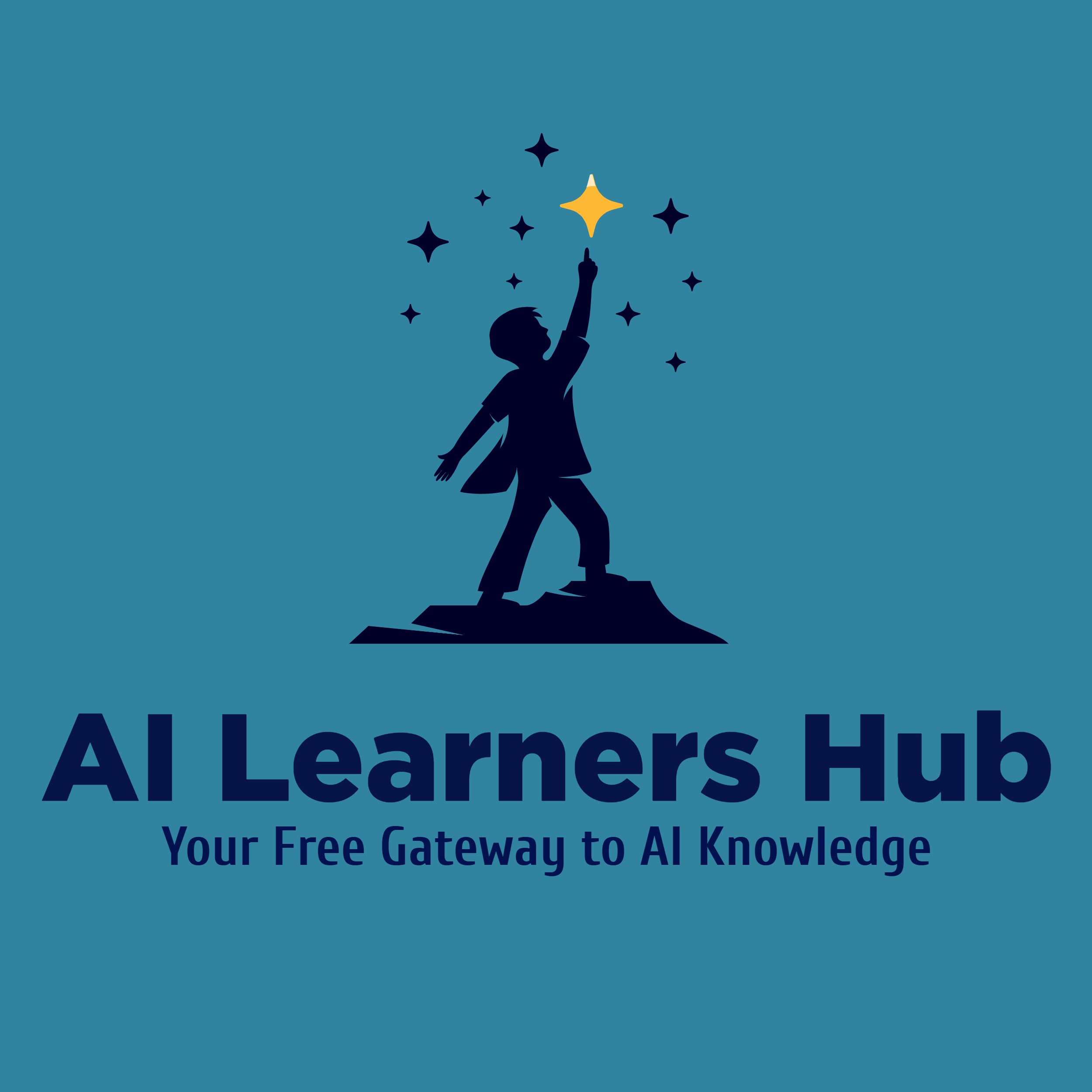AI for Beginners
The Ultimate Guide to Artificial Intelligence
A Simple Explanation
Introduction
Imagine you have a magical robot friend who can help you with many things—like answering your questions, drawing pictures, or even driving a car! That’s what artificial intelligence (AI) does.
AI is a special kind of computer that can think, learn, and solve problems just like humans do. A long time ago, in 1955, a very smart man named John McCarthy thought about making computers smart like people.
He called it Artificial Intelligence and dreamed that one day, computers could talk, help solve problems, and even learn new things by themselves.
Types of AI
There are three main types of AI, just like how there are different types of superheroes, each with their own special powers.
1. Weak AI (Also Called Narrow AI) This is the most common type of AI, and it’s good at one thing, just like a superhero with only one power. Examples include: Alexa and Siri (they answer questions and play music) Google (helps you find information) Tesla cars (drive by themselves!)
2. Strong AI (Also Called General AI) This AI would be as smart as a human and could do many things. Scientists are still working on making this type of AI real. If it happens, it will be able to think, learn, and make decisions just like you and me!
3. Super AI Imagine a super-duper smart robot that is smarter than all humans put together! This AI could solve big problems like curing diseases or stopping climate change. But we don’t have this type of AI yet—it only exists in movies.
Chapter 2:
How AI Works
AI is like a student that learns by studying lots of books, pictures, and examples. It uses different learning methods:
1. Learning from Examples (Supervised Learning) Imagine teaching a robot what a cat looks like by showing it 1000 pictures of cats. The robot learns what makes a cat special and can recognize it next time!
2. Learning by Finding Patterns (Unsupervised Learning) Sometimes AI learns by itself! It looks at a lot of information and groups similar things together—like putting different coloured crayons in separate boxes.
3. Learning by Trial and Error (Reinforcement Learning) This is like playing a video game. The AI makes mistakes at first but gets better each time by learning from what went wrong.
Chapter 3 Super AI
Have you ever talked to a chatbot online or asked Siri a question?
That’s AI talking to you!
Big AI programs like Chat GPT read millions of books and websites to learn how to answer your questions.
Chatbots can help with homework, tell stories, and even write poetry!
AI can translate languages—so if you only speak English, AI can help you talk to someone who speaks French!
Chapter 4:
Fun and Creative AI Uses.
AI for Writing Jasper AI helps write blog posts, essays, and stories.
Chat GPT can help with homework and ideas.
AI for Art Midjourney creates beautiful pictures from simple text descriptions.
Stable Diffusion makes paintings and drawings with AI.
AI for Videos Pictory turns words into videos with animations and cool effects.
Chapter 5
Being Responsible with AI
AI is amazing, but we have to use it wisely and ethically:
Don’t believe everything AI says: It sometimes makes mistakes!
Use AI to help, not replace people: It’s great for ideas, but humans are still the best thinkers!
Choose safe AI tools: Use trusted AI programs that keep your data safe.
Chapter 6
The Future of AI
AI is getting smarter every day. In the future, it could help doctors cure diseases, drive flying cars, and even help save the planet! But we must make sure AI is used for good and not for harm.
Embark on Your AI Journey:
Unlocking the Potential of Artificial Intelligence
Ready to Explore the World of AI?
Here's how you can dive in:
Engage ChatGPT in a creative conversation!
Craft stunning visuals with Midjourney's AI artistry.
Collaborate with Jasper to bring your stories to life.
AI is a powerful tool for innovation
Let's embrace it responsibly and ethically!
Let's connect and collaborate to create change.

